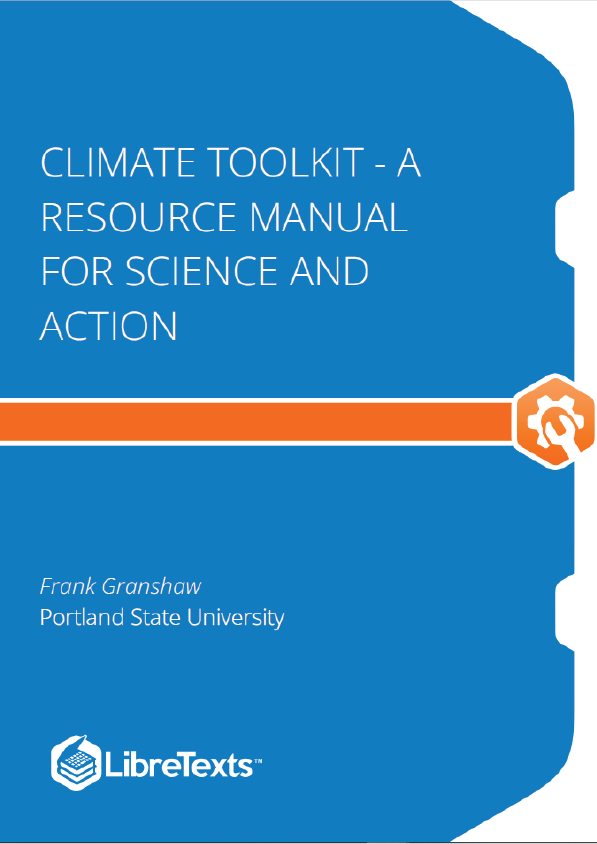Weather is defined as the condition of the atmosphere at a specific time, often for a specific place. As such, it is directly observable making it much less abstract than climate – more about this in Activity C. In observing weather, we break it down into elements that are discrete characteristics which vary over time and that are readily measurable (e.g. temperature or cloud cover).
Climate on the other hand, is a statistical portrait of the weather for specific places, regions, or even the entire planet. This information is meant to provide us a sense of what’s normal, what’s unusual, and what’s changing and how. To determine climate for a single station we use days, months, or years of data from that station to calculate averages and extremes of each of the elements observed at that station. To determine the climate of a region, we calculate these same statistics using data from several of the stations in the region. To calculate these statistics for the entire planet we use data from as many stations around the planet as is possible, as well as data from satellites and other mobile data collection platforms.
A weather report is like snapshot. By comparison, a climate record is a broad, long view of the data. The climate record enables us to see trends over the “noise” of the short-term fluctuations of our local, daily weather. The following activities are designed to illustrate this point by having you look at how the weather on two selected days reported from a single station compares to the climate statistics for that location.
Begin by watching the video for 17 May. In your own words describe what you see by listing the specific characteristics (weather elements) you are able to see in the video and then what in the scene you could use to “measure” these elements. Next switch to the scene for 31 May. Using the same list, you compiled for 17 May, describe how the two days compare to one another.
Quantitative observations:
Return to 17 May and turn around until you can see the green dot marking the station location. Click on the green dot. When you do this an image that looks like figure 3 will show up on the left side of the scene. The photo part of this image contains weather data gathered by the station at 17:00 (5 pm) for that day. Record this data for 17 May and then switch to 31 May and record the weather data for that day as well. Using these data answer the following questions.











